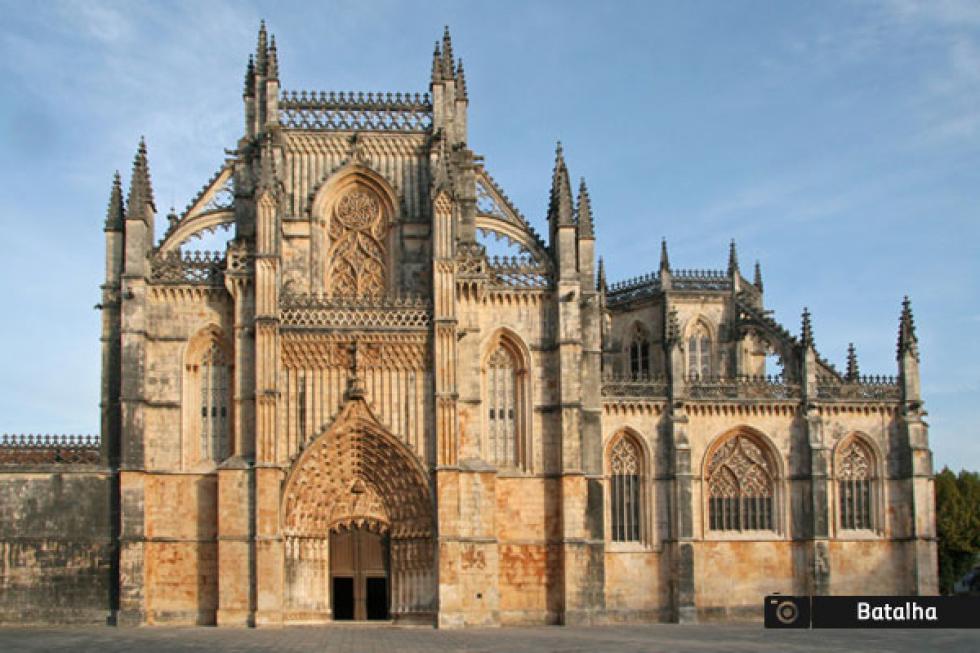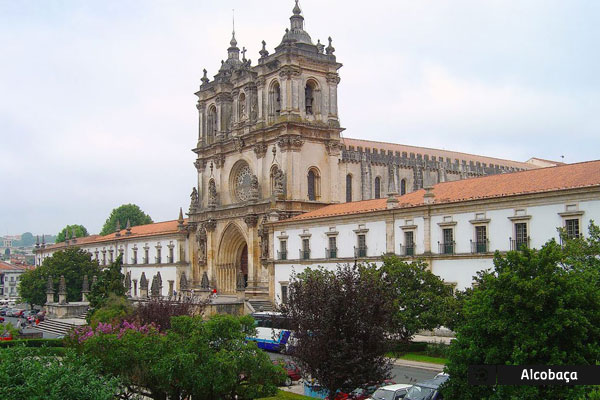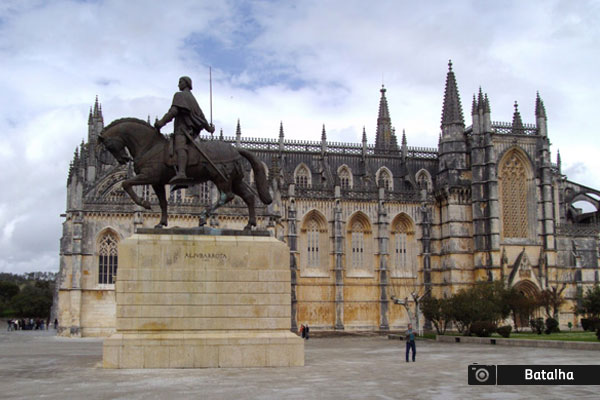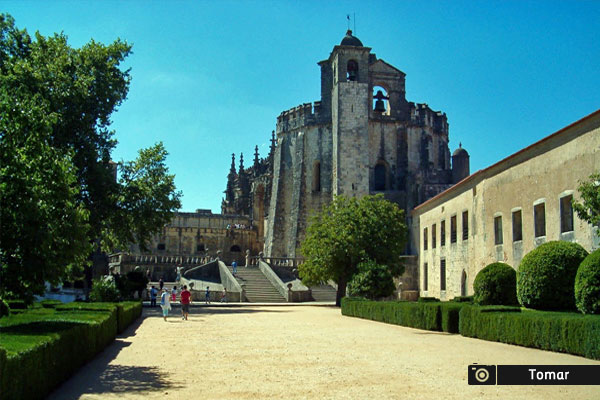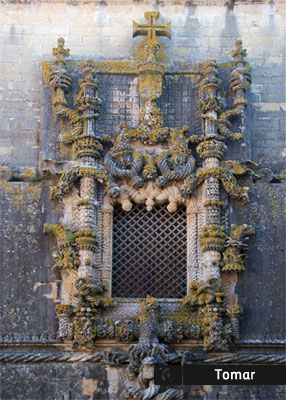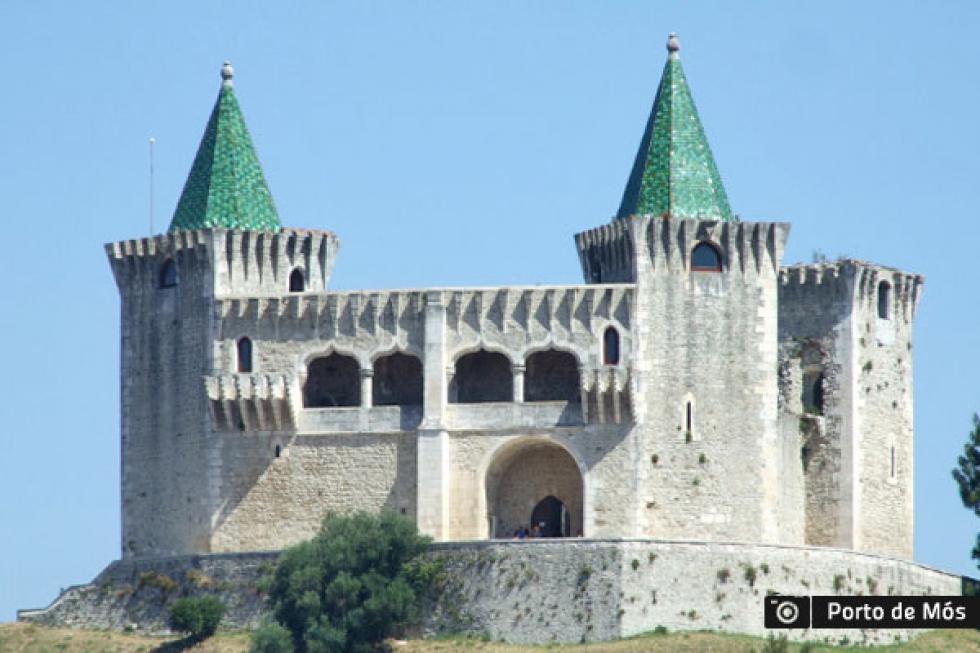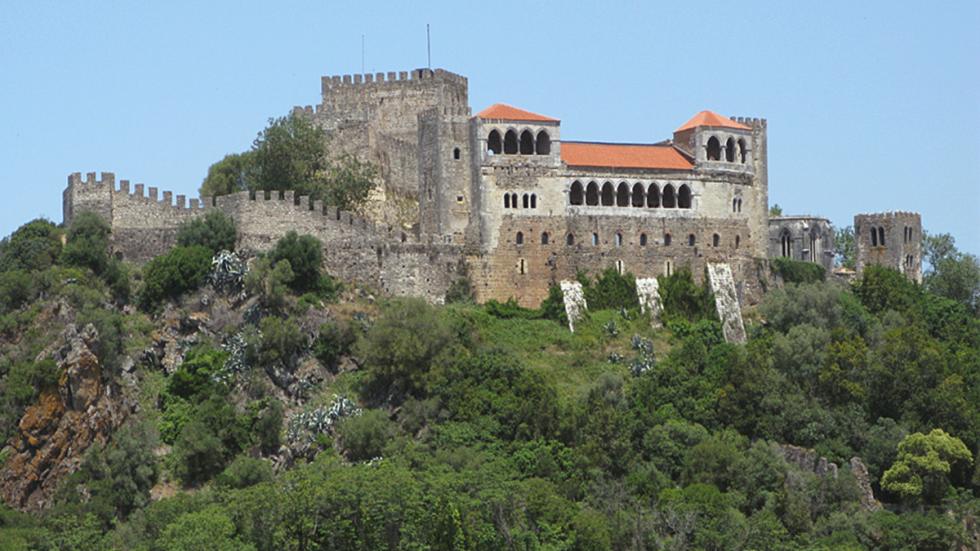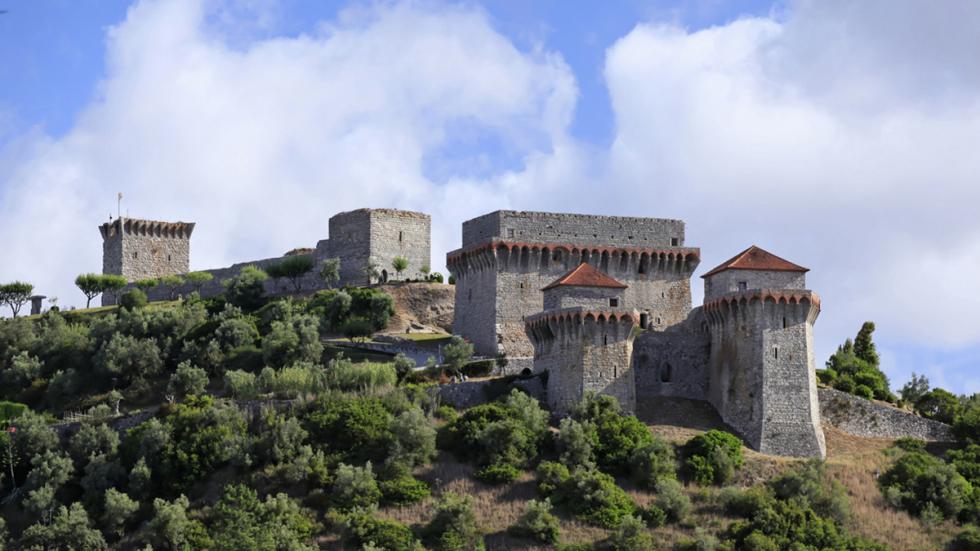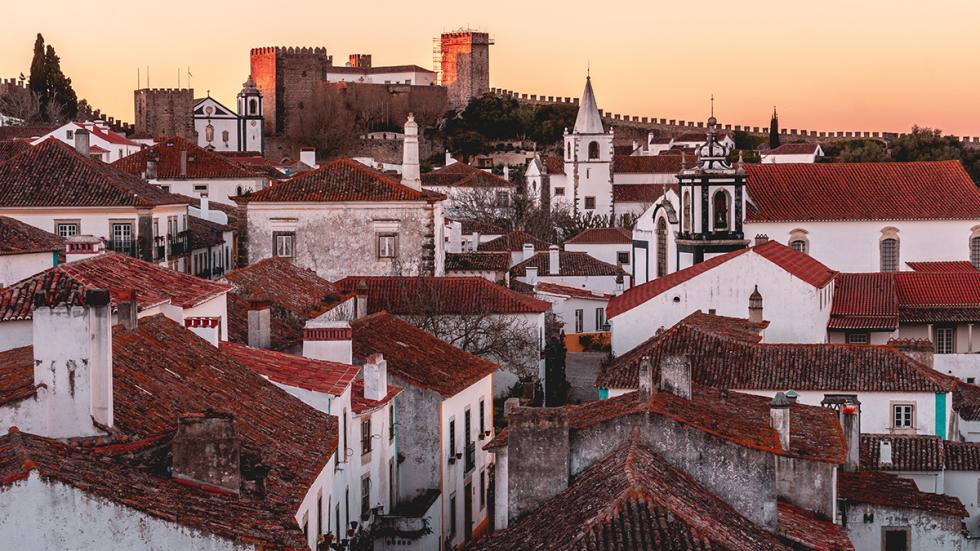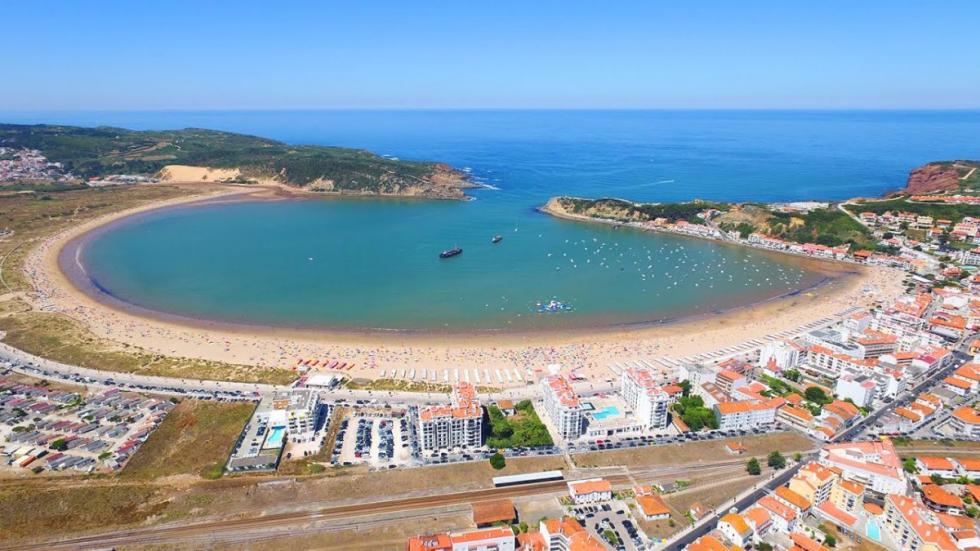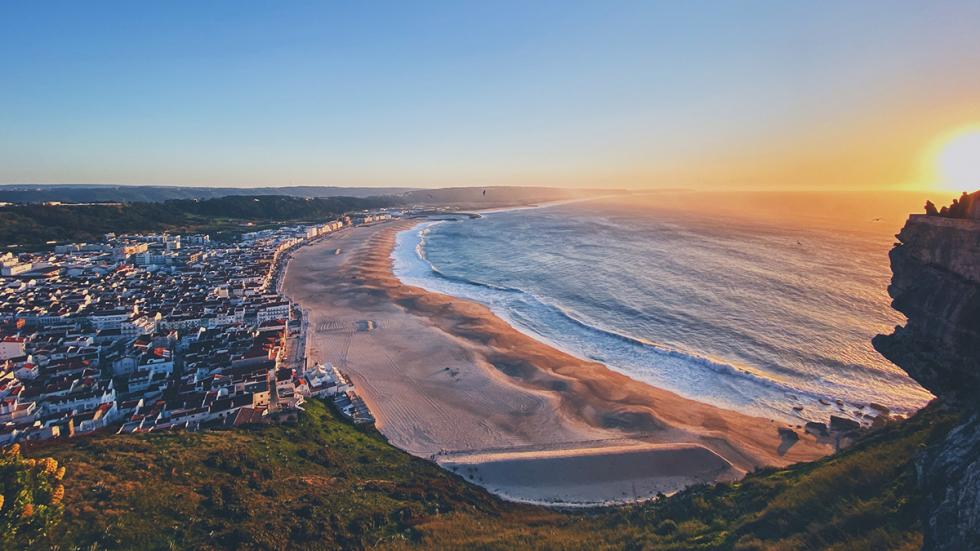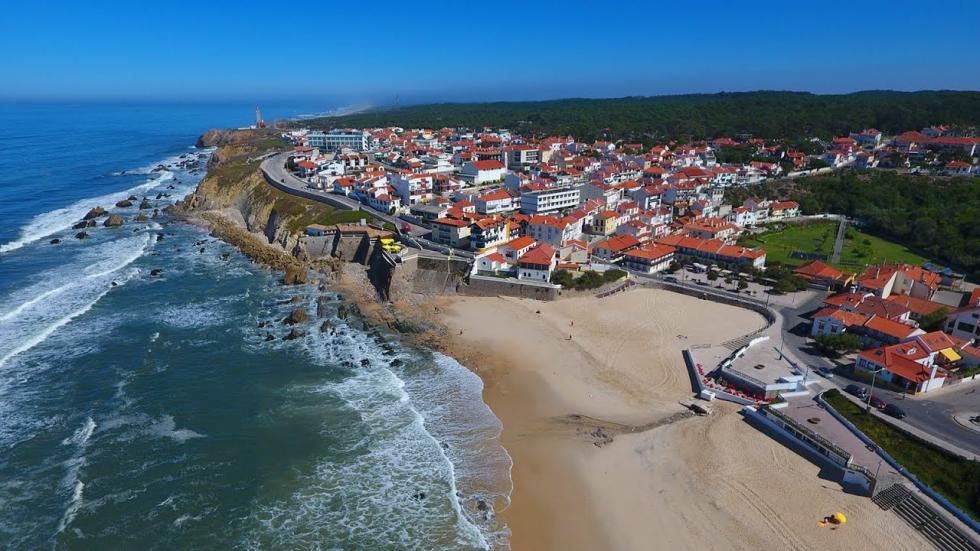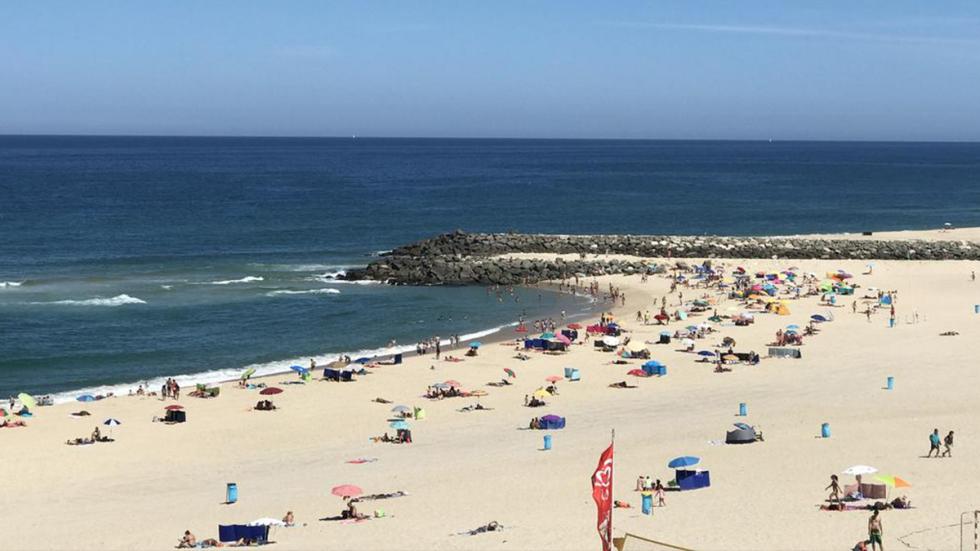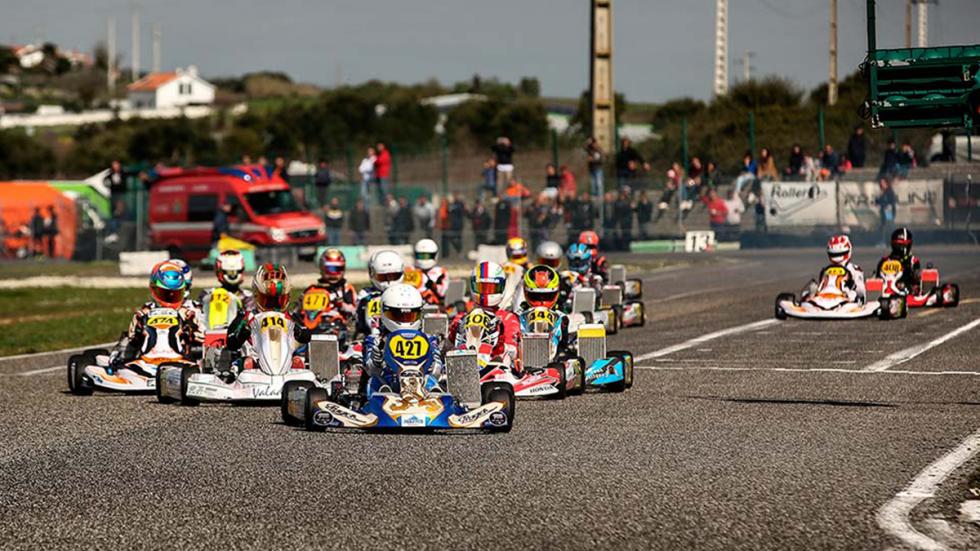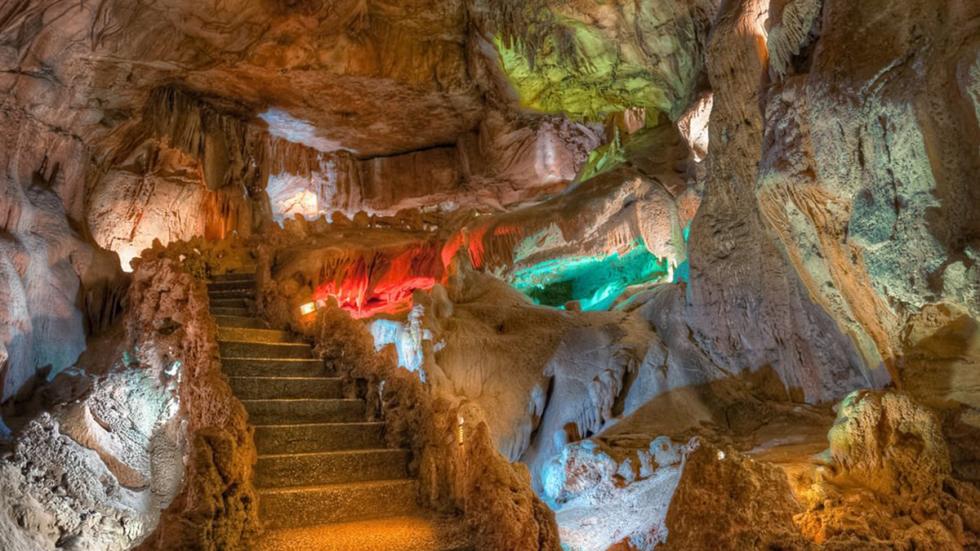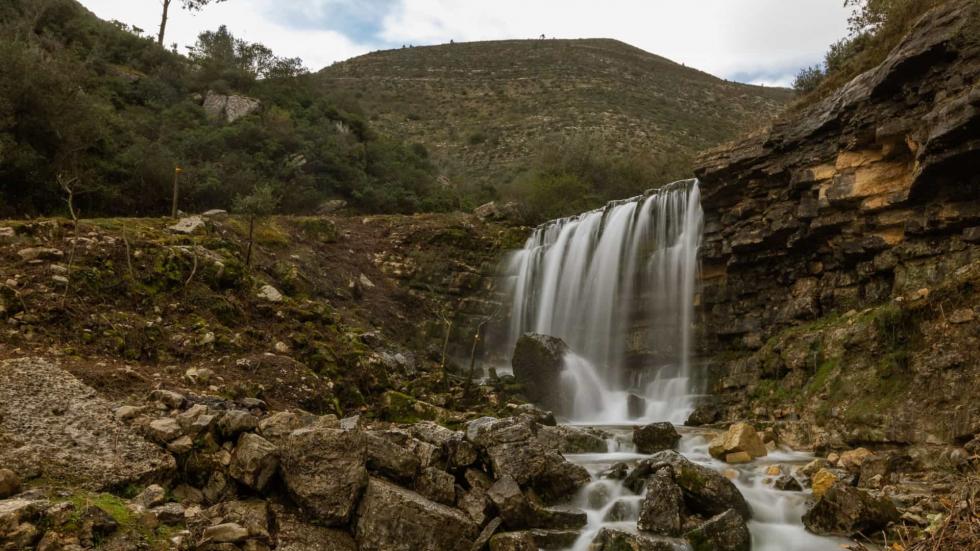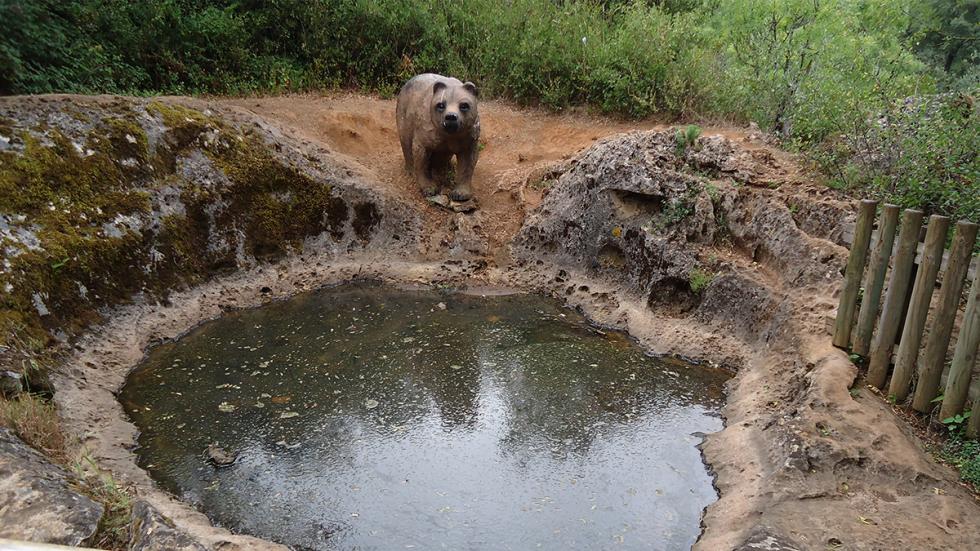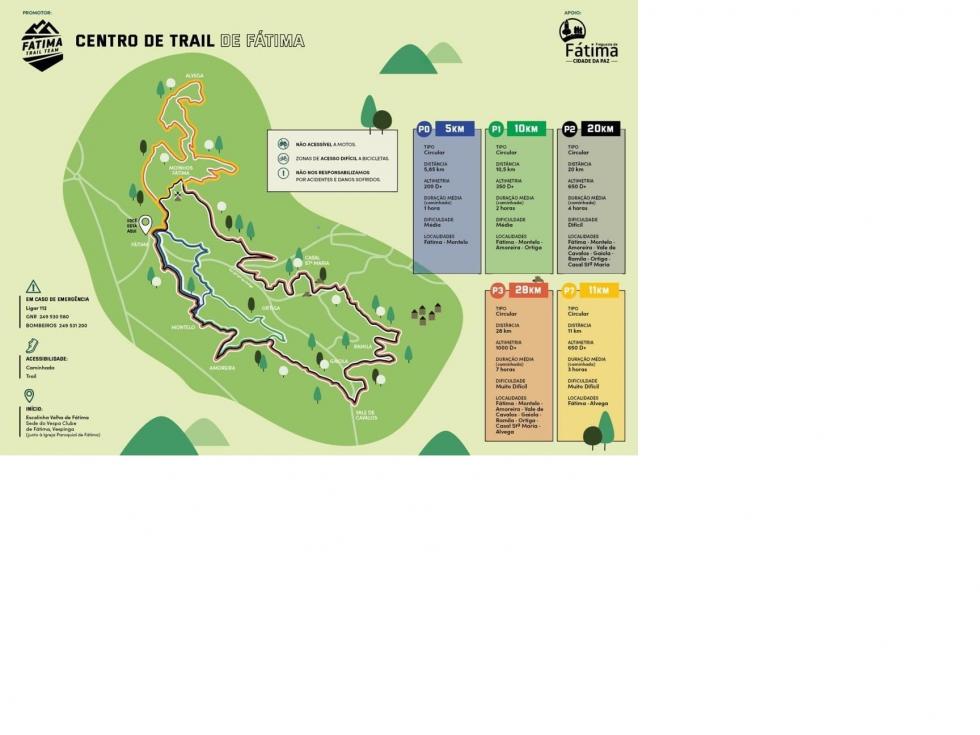Fátima & Around
City of Peace
History
Timetables /schedules
Culture
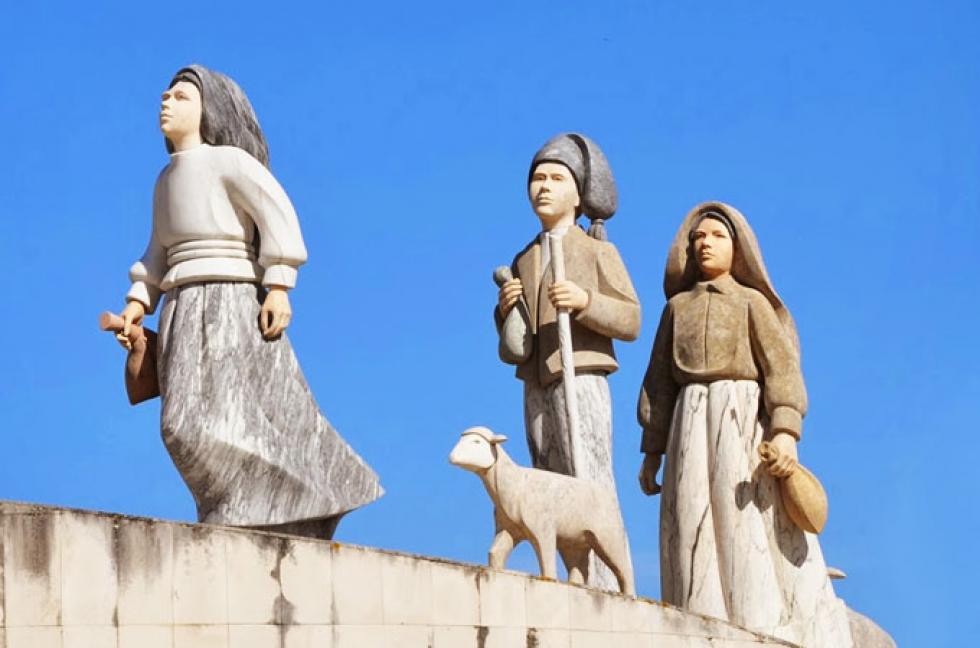
Fatima, the city of Peace and "Altar of the World" as it is today known, is one of the most important Marian Shrines in the world. Place of pilgrimage and encounter with the spirit, life and faith, Fatima is, however, not limited to its spiritual surroundings.
The region of its location presents a whole set of cultural possibilities, historical and architectural heritage, natural resources and other unique places of interest; a concentrated diversity, the differentiator that gives it its identity and distinguishes it from the rest of the country.
Fatima, due to its excellent location and after a period of relaxation, spirituality and encounter with God, presents itself as an ideal departure point for several visits, numerous courses and activities that will certainly provide satisfaction no matter the reason for your visit. Here are some suggestions that we have grouped as follows: The monument route, the Castle Route, the Nature route, the beach route.
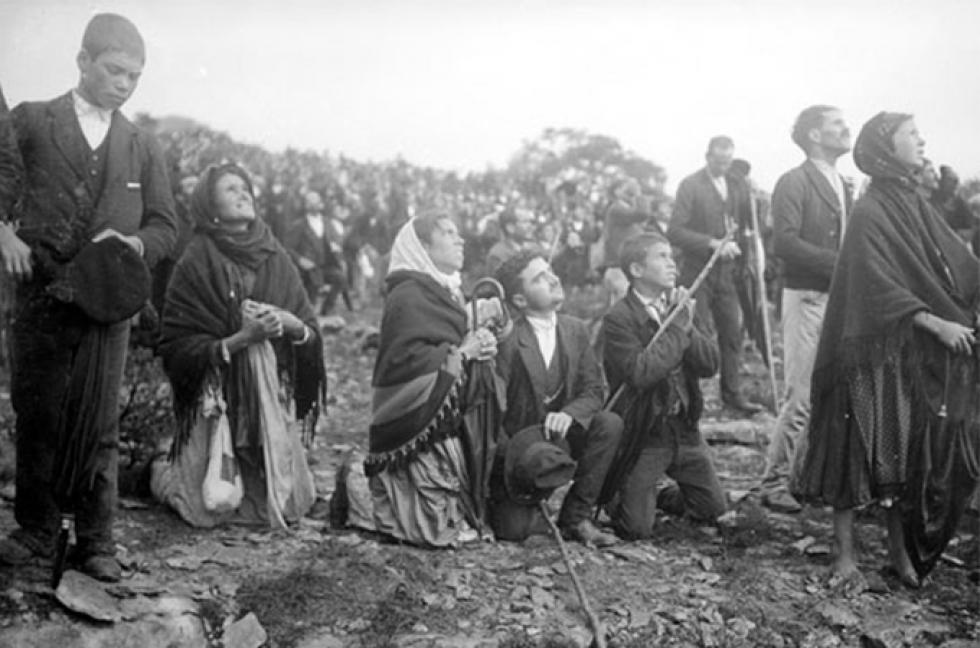
Located in the foothills of the Serra d´Aire, Fatima is located in the heart of Portugal. The economic, artistic and cultural enrichment offered by the Arabs after their occupation in the eighth century, began to fail which facilitated the Christian re-conquest and the expulsion of the Muslims from Europe. The legend of this period explains the origin of the name Fatima.
The legend goes that a group of ladies of the court accompanied by Muslim horsemen were out and about when they were arrested by armed Christians lead by Gonçalo Hermingues who delivered them to King Afonso Henriques. He was rewarded with the hand of the most beautiful and noble of the maidens captured, by the name of Fatima. Fatima married Gonçalo Hermingues. Unfortunately the young maiden died early. In desperation the husband sought solace in the Monastery of St. Bernard in Alcobaça. Later the superior of the monastery had the body of Fatima transferred to a church built nearby. From that moment the locality where the church found itself was called Fatima.
During the next century there was little talk about Fatima, it was too small to appear on the maps. Until the year 1917 its inhabitants lived off the land (herding, farming and weaving). This year marked a turning point in the story of Fatima when Our Lady appeared to three children in Fatima.
About 1 km from Fatima, is Aljustrel, the small village where the children were born. (Lucia on March 22, 1907, Francisco on March 11, 1908 and Jacinta on March 10, 1910). 2 KM west of Fatima extends one of the many depressions called Cova da Iria, where Our Lady appeared to the seers. It was a piece of farm land belonging to Lucia’s parents.
In 1919 the Chapel of the Apparitions was built and the location of the image of Our Lady marks the exact spot where the original holm stood a meter high and over which our Lady stood during the apparitions on 13 May, June, July, September and October 1917. The construction of this chapel was in response to the request by Our Lady: "I want a chapel built here in my honor."
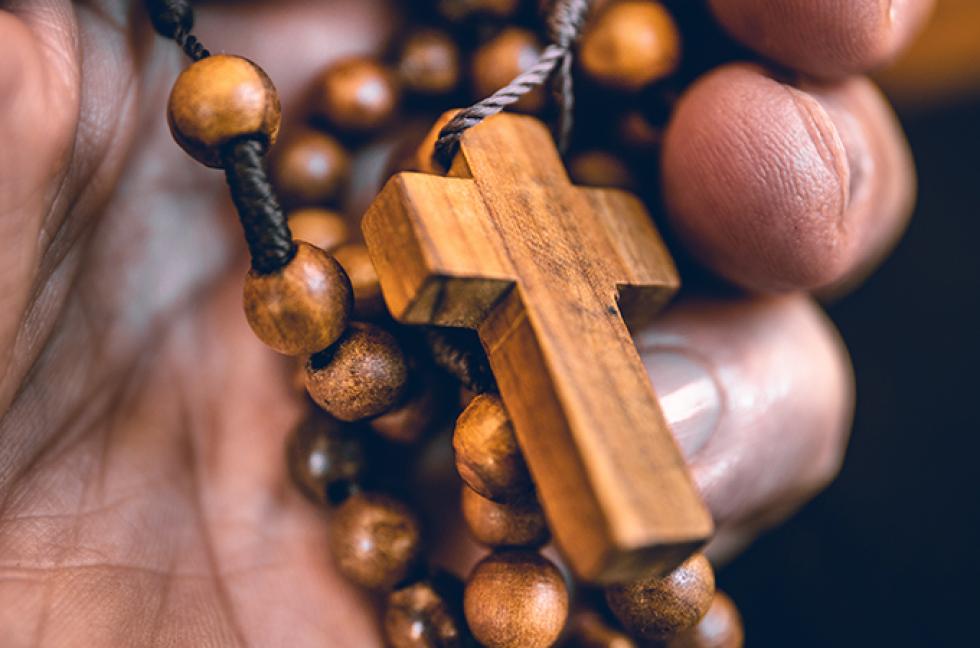
Mass: Activities at the Sanctuary
For more information visit:
www.santuario-fatima.pt
Ethnographic Museum:
Excellent ethnographic restitution alluding to the life and customs of the region.
Opening times: 10h00-13h00 and 15h00- 19h00
Closed- Tuesdays
Tel: 249 532 828
Museum of religious art and ethnology:
Contains about three thousand pieces of religious art and ethnological material, part of a collection of artistic and cultural interest. The museum illustrates the religiosity of the Portuguese people, the spread of Christianity among the people and the encounter with cultures and religions of the world.
Opening times: April,1 to October, 31 - 10h00 - 19h00
November,1 to March,31 - 12h00 - 17h00
Closed- Mondays
Fatima Wax Museum: Story of the events that occurred in Fatima composed of 30 scenes in wax.
Opening times: Abril,1 to October, 31 - 9h30 - 18h30
November, 1 to March,31 - 10h00 - 17h00.
Tel: 249 539 300
Museum of the Life of Christ:
Over 200 wax figures in 33 scenes representing the amount of years lived on earth by Jesus Christ. These scenes convey some of the most important moments of the Life of Christ and of the Christian Faith.
Opening times: 9h00 - 19h00
Tel: 249 530 680
Museum-1917 Apparitions of Fatima:
This museum aims to give an overview of the Fatima apparitions, through a show of light, sound and special effects involving the 31 statues in traditional costumes of the region.
Opening times: Abril,1 to October,31 - 9h00 - 19h00
November,1 to March,31 - 9h00 - 18h00.
Tel: 249 532 858
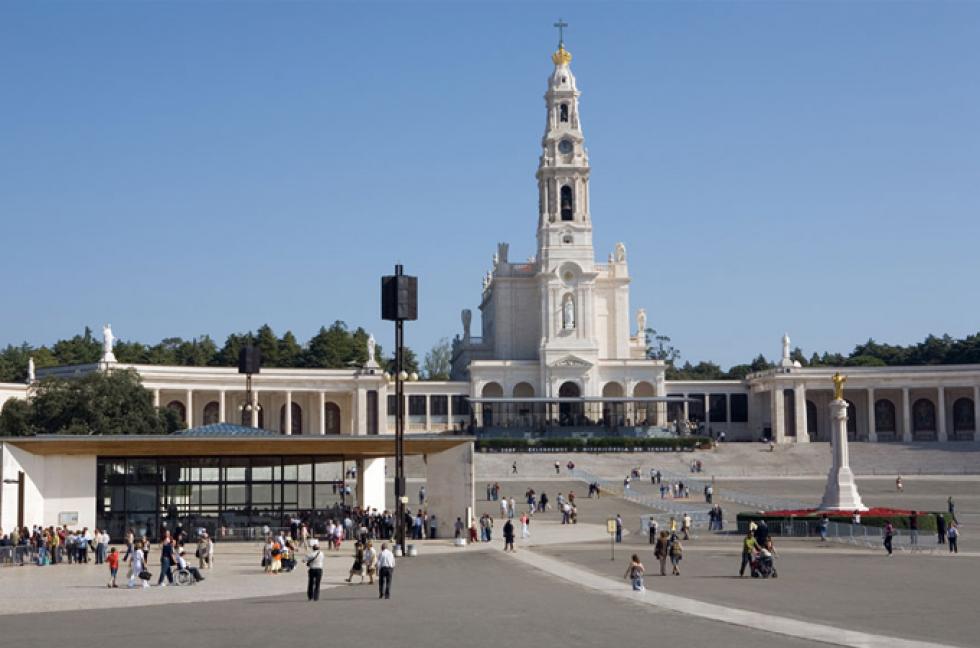
This shrine expanded its horizons with the construction of small monuments, which somehow give veracity to the whole context of this growing faith that began in 1917.
The construction of the basilica began in 1928 in a Neo-Baroque style in itself imbued with the message of Our Lady to the seers. Here the three seers are buried. The colonnades, the Chapel of the Apparitions dated 1919, the Lausperene Chapel and the Chapel of Reconciliation; The church of the Holy Trinity, designed by the Greek architect Alexandros Trombazis and inaugurated in October 2007 during the 90th anniversary of the apparitions. With 40 000 mts2 and 9 000 seats, this is the 4th largest Catholic Church in the world. The High Cross, the Berlin Wall monument, a piece of concrete from the Berlin wall which serves as a reminder of the intervention of God in the fall of Communism promised by Our Lady in Fatima.
These are "spaces" that symbolize the triumph of spiritual dignity at the expense of the selfish concept of power that was binding in 1917.
There is an additional range of places that mark the path that the shepherds took from Aljustrel where they lived to the Cova da Iria where the Sanctuary is today.
Behind Lucia’s house is the well, site of the second Apparition of the Angel of Peace. We now give the name of Via Sacra “The way of the Cross” to the path used by the children on their way to Cova da Iria. On this path we also find the “Loca do Cabeço” exact spot of the first and third apparitions of the Angel of Peace.
Between the eighth and ninth Stations of the Cross we find the place called Valinhos. This is where Our Lady appeared on August,19 1917, Her fourth apparition. You can include in your tour through Fatima a visit to the local Parish Church where the seers were baptized.
Other locations of interest in the religious history of Fatima are: the house of the seers in Aljustrel: In the home of Sister Lucia and the Marto family, the furniture, household and personal items used by the seers are conserved. In the back yard of Lucia’s house you will find the well where the Angel appeared for the second time in 1917.
